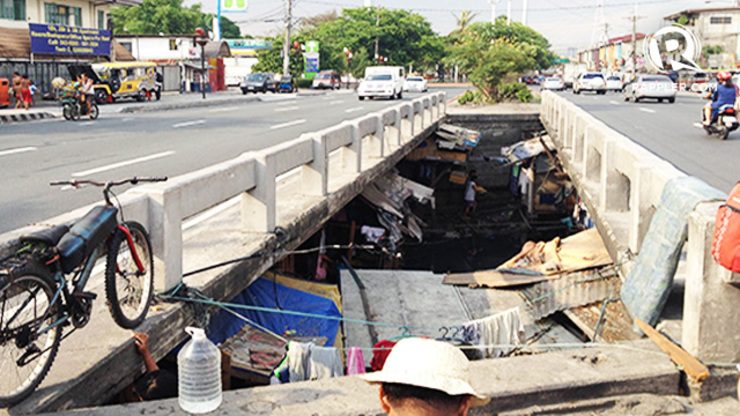SUMMARY
This is AI generated summarization, which may have errors. For context, always refer to the full article.

MANILA, Philippines – The government’s flagship poverty alleviation program will now cover families with no permanent residence, Malacañang said on Monday, October 27.
Presidential Spokesman Edwin Lacierda said in a press briefing that the Conditional Cash Transfer (CCT) program, which used to benefit only permanent residents of impoverished areas, willl cover families who constantly move from place to place or who live in cemeteries, for example.
The expanded CCT was first pilot tested in August 2012. The program initially covered 900 families in Metro Manila.
Lacierda said the Department of Social Welfare and Development, which implements the program, had urged these initial beneficiaries to use their cash to rent spaces in cheap houses.
The problem of the “ambulant” residents came about as the National Housing Targeting System was first implemented. Through the NHTS, the poorest of the poor Filipinos were identified.
“Now we’re also able to identify those ambulant residents,” Lacierda explained.
He also noted that the DSWD has been regularly providing assistance to the families despite their lack of permanent residence.
He said DSWD has a system of tracking these families even if they don’t move places.
Goverment to ‘intensify’ programs
The results of the 3rd quarter Social Weather Stations survey showed that more Filipinos have described themselves as poor. (READ: More families consider themselves poor)
Despite this, Presidential Communications Officer Secretary Herminio Coloma Jr gave assurances that the measures implemented by the government to fight poverty are effective.
Meanwhile, Lacierda pointed out that the Annual Poverty Indicator Survey (APIS) of PSA shows that 2.5 million families were considered above the poverty threshold in the first semester of 2013.
“We have always said that reducing poverty does not happen overnight,” Lacierda said. He cited the other programs of the government: social pension for indigent senior citizens, feeding program of the DSWD, and the Kapitbisig Laban sa Kahirapan-Comprehensive and Integrated Delivery of Social Services or KALAHI-CIDSS.
He also pointed out that unlike the APIS which has a minimum of 1,000 families, the SWS survey only covered a little over 1,000 respondents.
“We don’t question their methodology, by the way. We are just stating facts that, for instance, on the APIS, the survey that government has conducted, it has a bigger set of respondents. It means there is a more drill-down (of) details on the statistics on poverty,” Lacierda added. “But again, we note the surveys.”
Even with the ongoing programs, Coloma maintains that the government will still continue to intensify efforts for poverty alleviation and social protection – starting with the 2015 budget.
The 2015 National Expenditure Program includes the biggest allocation to social services at P967.7 billion ($21.5 billion)*, or 37.2% of the total budget. – Rappler.com
*US$1 = P44
Add a comment
How does this make you feel?
There are no comments yet. Add your comment to start the conversation.